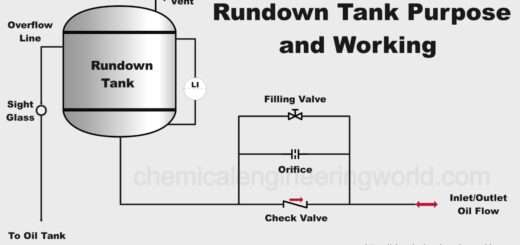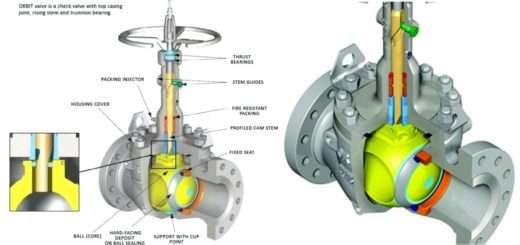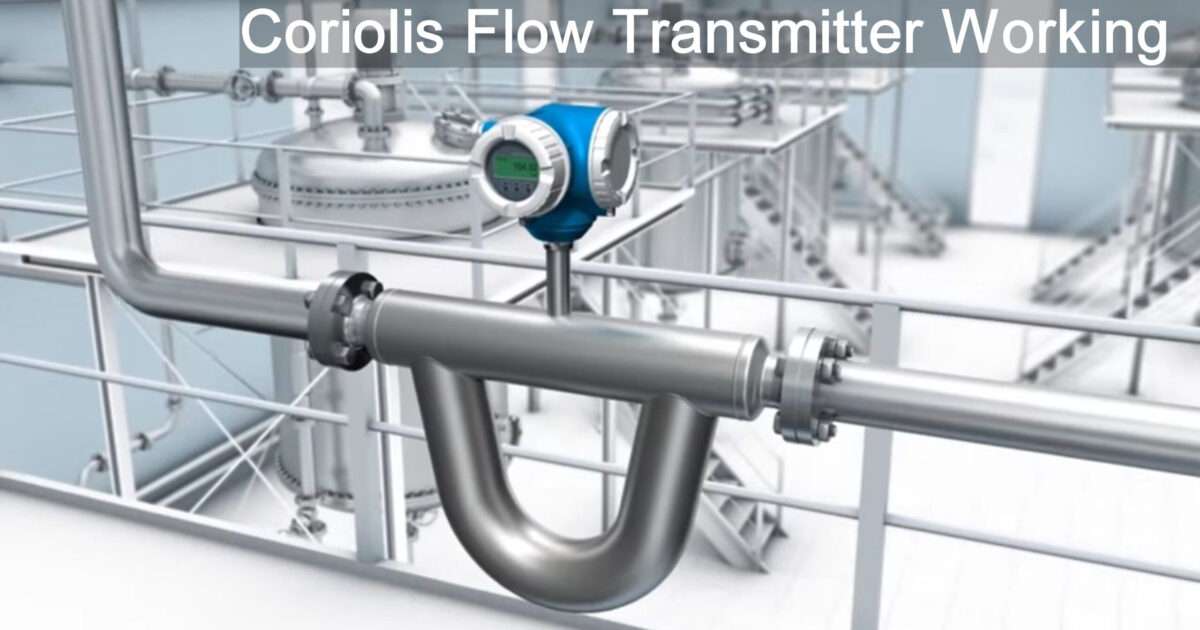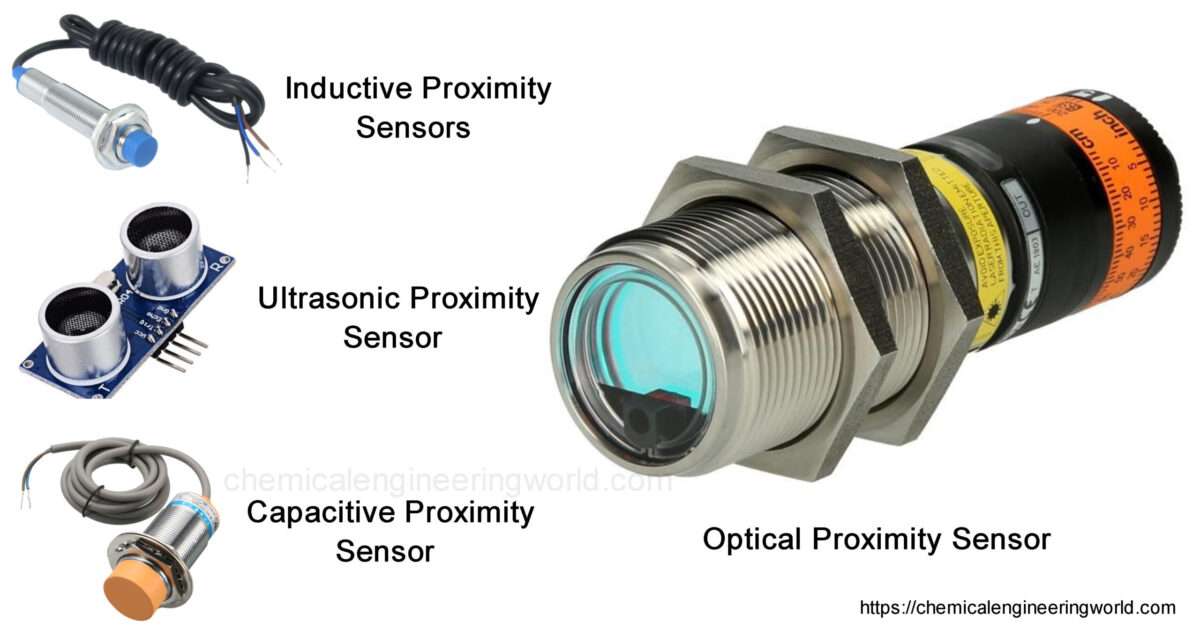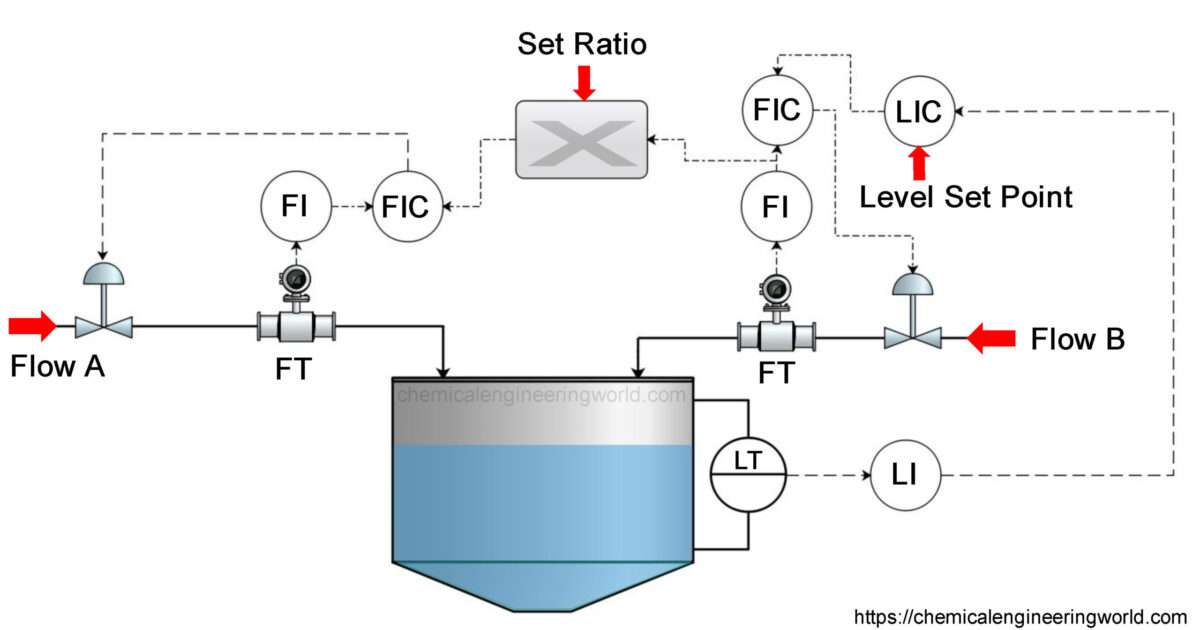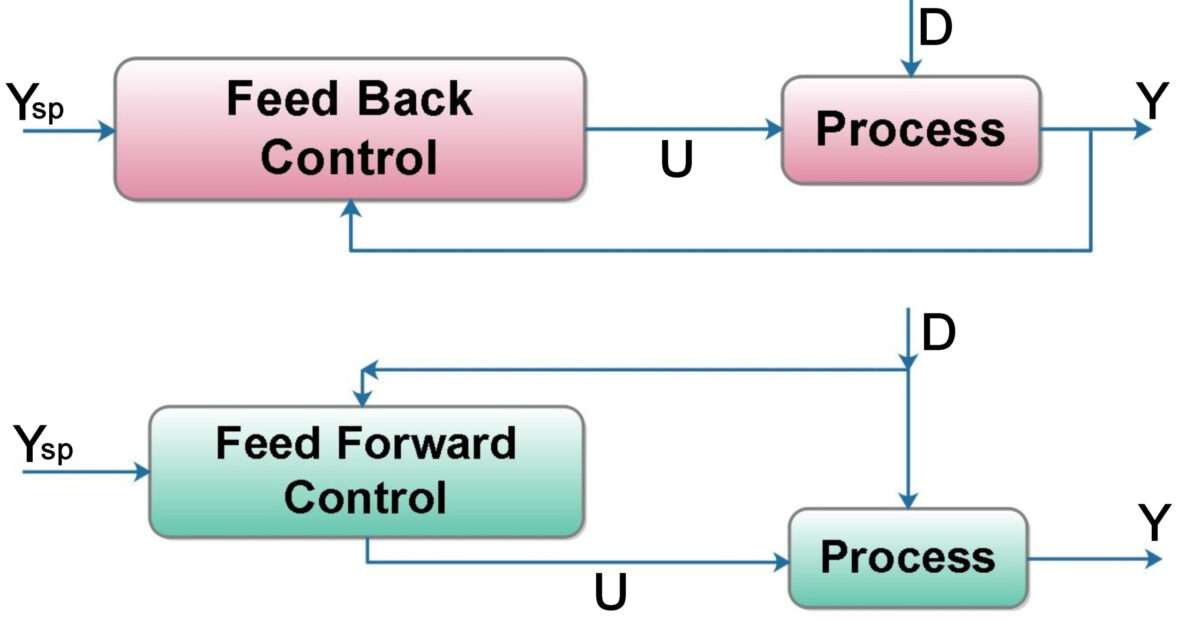Deaerator working principle, Types and Process Control

Deaerator working principle, Types and Process Control
Deaerator working principle, Types and Process Control
Deaerators is commonly employed in any chemical process industry or in Power Plants wherever boiler is utilized for steam production from boiler feed water. Deaerator solves the aim of removal of unwanted dissolved gases and dissolved oxygen from the boiler feed water before going in boilers. Most of the deaerators are designed in such how that the dissolved oxygen content within the outlet water is regarding7 ppb by WTC.
Principle of Dearators
Dearator commonly works based on the subsequent principles.
Henry’s Law
According to Henry’s low is in a liquid the gas solubility is directly proportional to the partial pressure. thus if we tend to decrease the partial pressure of the dissolved gas by adding steam in Deaerator, its solubility decreases and also the gas is faraway from water.
Inverse Solubility of Water
When the temperature of water is growing, the dissolved oxygen content within the water is decreases. Thus the water temp. is growing by inserting steam in Deaerator, the dissolved gas solubility is reduced and also the gases are withdrawal from water.
Types of Deaerators
1. Tray types Deaerator
Tray type deaerators contain perforated trays within the top of the Deaeration section. The bottom portion volume is high for used as storage for boiler feed water. Feed water to deaerator enters into the perforated trays wherever the area and residence time is growing to contact with steam. Then the water goes to the horizontal storage section wherever steam is pass through sparger pipe to withdrawn the remaining traces of dissolved gases and keep the stored water at its saturation temperature.

2. Spray type Deaerator
Spray Deaerator type deaerator contains spray nozzle in feed water entry space. it’s then preheated and deaerated and sent to storage section. In storage section also steam is additional to stay the water at its saturation temperature.

Process control system in Deaerator
Deaerator operate in very low pressure steam about 0.5 to 1.5 kg/cm2 with can produce in process plant.The low steam sources could also be anyone of the following: Extraction from back pressure turbines, Flash steam recovered from Boiler blow down or letdown steam from high pressure steam header through pressure reducing valve. Steam pressure within the deaerator should be maintained to facilitate the removal of dissolved gases from water and also to produce adequate NPSH to boiler feed pump. Deaerators are commonly put in at high elevation so as to produce enough NPSH within the event of failure in steam pressure control conjointly. Pressure safety valve is additionally fitted to avoid pressurization of deaerator because of malfunctioning of pressure control valve.

Water Level control
Main sources of raw water to deaerator are Treated water from water treatment plant and steam condensate from the condensing type turbines. During the stable plant operation the water balance is maintained and through any upset within the higher than said sources water level fluctuates and control is important. High level and low level alarms are provided. Low level might lead to starvation of feed water in pump and High level leads to water entry into steam header. Thus overflow drain is put in to drain the water if very high level is reached.

Other benefits of Deaerator
Dearator acts as an extra storage that provides reserve amount of boiler feed water throughout upstream water supply failure for momentary periods commonly for about twenty minutes.
In some of the Plants, Deaerator is additionally used for dosing oxygen scavenging chemicals like hydrazine or Hydroquinone.
Reference:- Chemical Engineering Site




